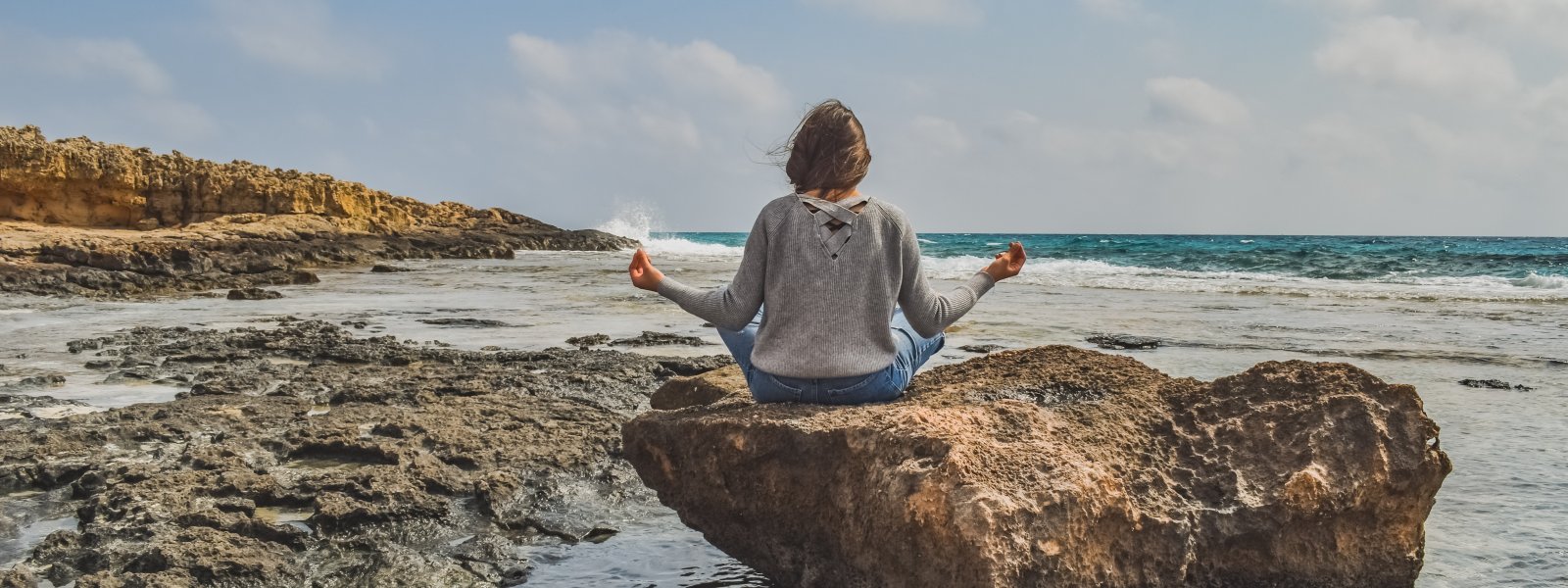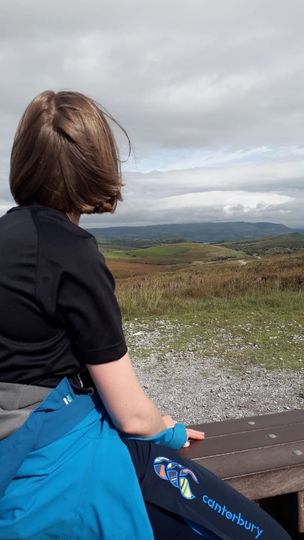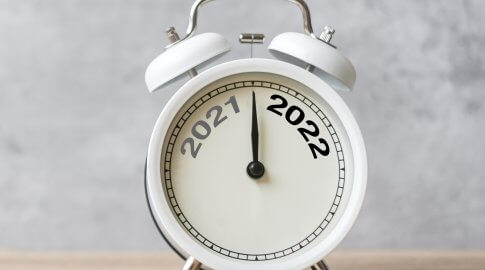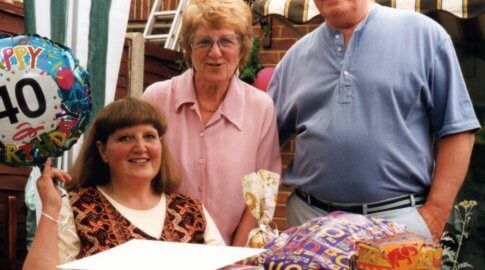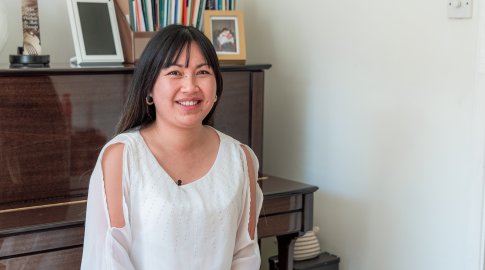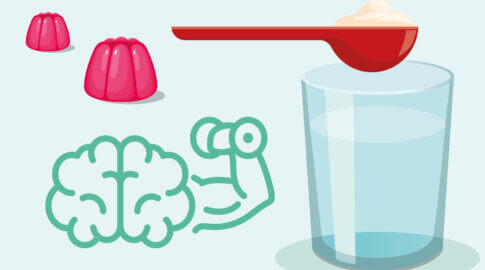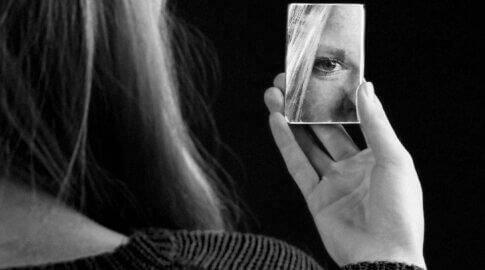The peaks and troughs of exercising with PH
Emma Ferguson lives in Northern Ireland and was diagnosed with idiopathic PAH at the age of 16. In her latest blog for phocusonlifestyle.org, she takes a realistic look at exercising with PH, and how she makes it work for her.
This week, and really this month, I’ve been exhausted. For me, PH exhaustion has a creeping feeling.
It starts with a cold or a particularly tiring few days. The longer the days, the deeper it sets in – so that it’s going to require more and more rest to get rid of it.
So often things don’t stop soon enough. Pressure to meet deadlines and outside forces means that other things slide in their place, usually things in my personal life; pleasures like reading or meeting friends.
Work-life balance is difficult at the best of times, but when unpredictable health is added to the mix, prioritisation becomes even harder but also even more essential.
Another thing that gets pushed aside when I’m getting exhausted is exercise, although unlike my other examples, exercise has never really constituted ‘pleasure’ for me.
When I was at primary school (and undiagnosed) I was simply the sickly kid who couldn’t do sports and was regularly off school. By secondary school, aside from mandatory PE classes, I’d written off regular exercise entirely.
The Duke of Edinburgh’s award was eye opening for me. An enlightened attitude to participation espoused by the Duke of Ed charity meant that I was able to avoid the heavy rucksack wearing, incline walking expeditions most associated with the award – and instead travel in a canoe.
This required a lot of additional training for safety, but it was something that I could do.
Over the course of four years, I completed my bronze, silver and gold awards in a sport that allowed me to keep up with my peers. The upper body and core strength required to manoeuvre the canoe was something I was able to build up without becoming too breathless. Completing DofE still relied upon me being relatively well before I set out, but the actual exertion was manageable.
By the time I was at university, walking had become my best friend. We all know the advice about PH and exercise; walking is perfect for people with PH and ideally, we should walk while breathless so long as we can maintain a conversation. Walking everywhere to save money improved my fitness like nothing else. I walked everywhere; if it was 40 minutes or less I would walk it. This was great, but only while I was well.
While at university I tried lots of different sport societies from ultimate frisbee where I couldn’t keep up with the running, to Brazilian Ju Jitsu where the intensive warmups at the start of the session were too much, to Park Run where well-meaning people not aware of my hidden disability encouraged me to keep going – when really all I needed was to stop.
I’ve noticed, as an impact of PE at school while undiagnosed, that high intensity exercise classes aren’t really for me. Even though class teachers are usually very understanding about my disability when I inform them of it, I still feel an undue pressure to keep going and match the pace of the class.
Yoga classes are the exception to this rule. I got to attend a series of free sessions while at uni, aimed at improving mental wellbeing. They were gentle, focused on breathing and holding stretches. While I found the breathing elements the hardest, there was something about the quite more contemplative setting of a yoga class that meant I wasn’t as concerned about not doing things properly, or stopping if necessary.
When covid arrived all these classes stopped and my general predisposition against video calling meant that online classes weren’t for me. Bring on the fitness apps!
It was during the pandemic that I began using the ‘Leap Fitness’ apps. If you haven’t heard of them, I would really recommend checking out the variety of options they have on your phone’s app store.
I downloaded apps for stretching, home workouts without equipment, full body workouts and many more. Each app offers combinations of exercises chosen to focus on a specific element of fitness like arms or legs, or flexibility or strength.
You then get a combination of about 20 exercises to complete, all with additional info about how to correctly assume the positions named. You can skip exercises that you dislike and swap them for others, or pause mid-workout to regain your breath.
One of my favourite elements is that no matter how many times I pause, skip or otherwise divert from the pre-planned session, you are always congratulated at the end. ‘Good Job!’, the app will tell you, ‘Well Done!’.
If I was to offer one criticism of the app it would be that a lot (but not all) of the exercise routines are part of a larger seven- or thirty-day collection of exercises made to build up a habit. This is great for most people, but I find it demoralising that I have only ever completed one of these, as ill health or exhaustion always get in the way. My PH is unpredictable enough that regular exercise planning can feel impossible.
I don’t know if regular exercise planning will ever be possible for me, but I have learnt that much of what I’ve mentioned relies upon me making the right calls early on.
It often feels like with PH the best thing you can do is pre-planning; prepare for all eventualities.
Exercise and I will never be best friends, we don’t meet regularly enough, but better overall awareness about my exhaustion can make us better than casual acquaintances.
Last month I climbed the Stairway to Heaven trail in Country Fermanagh (pictured below) and after regular breaks, made it to the top. This month, while I’ve been exhausted, walking has been the limit for me.
If I can shake off the old ideas I had at school about what ‘good’ exercise looks like, and tailor what I can do to fit my condition better, then hopefully there are more peaks than troughs ahead.
